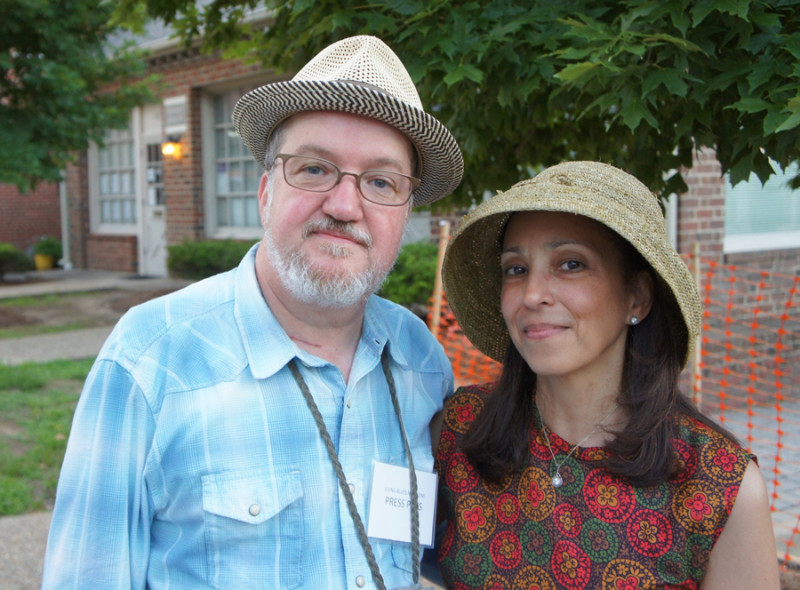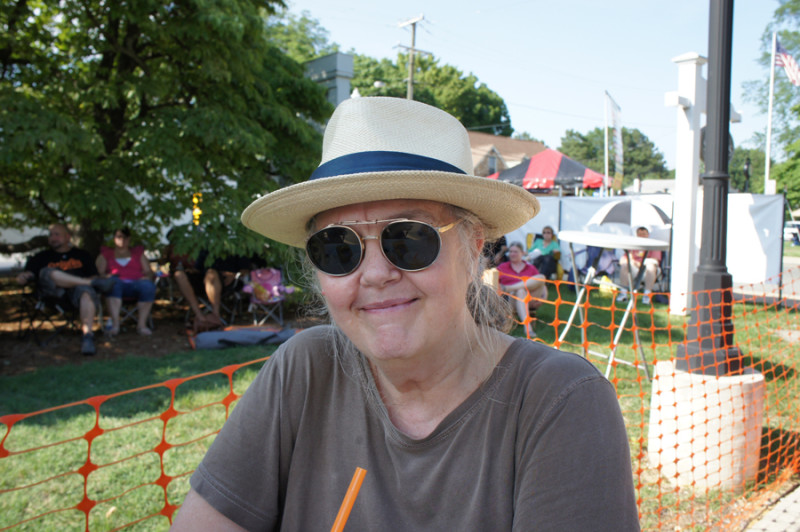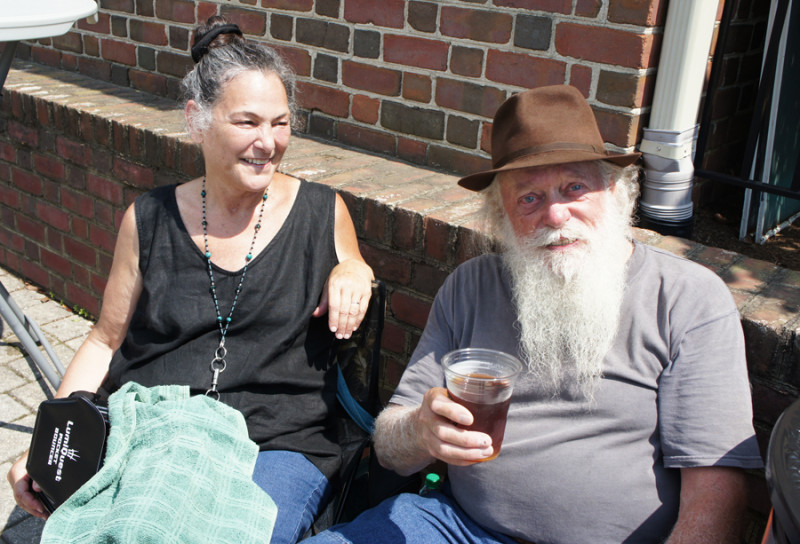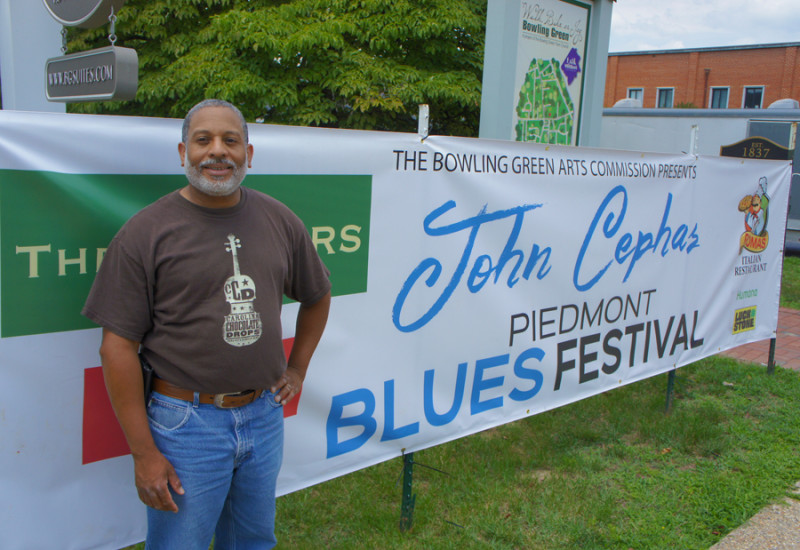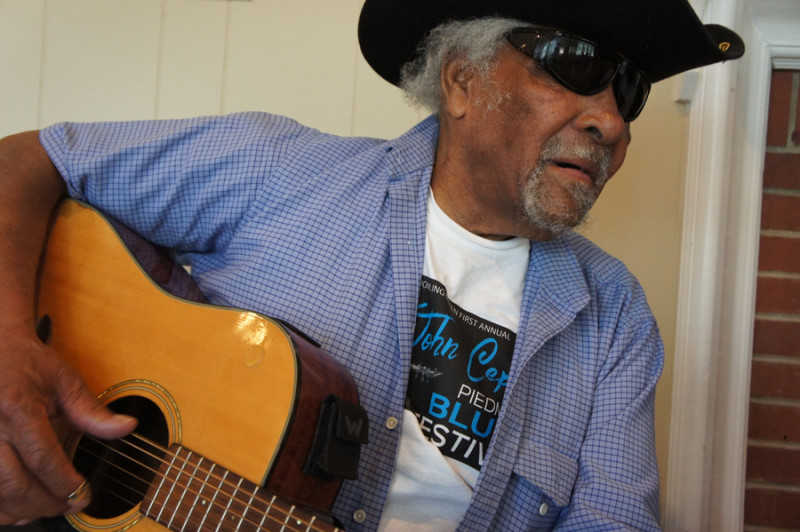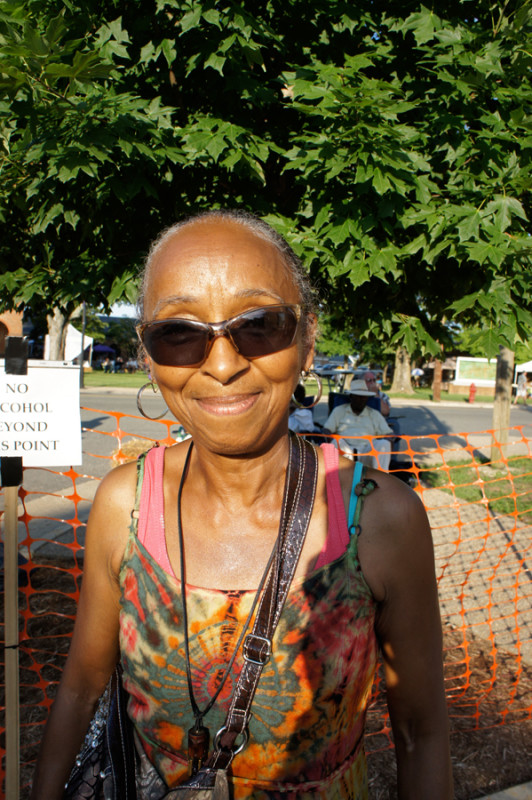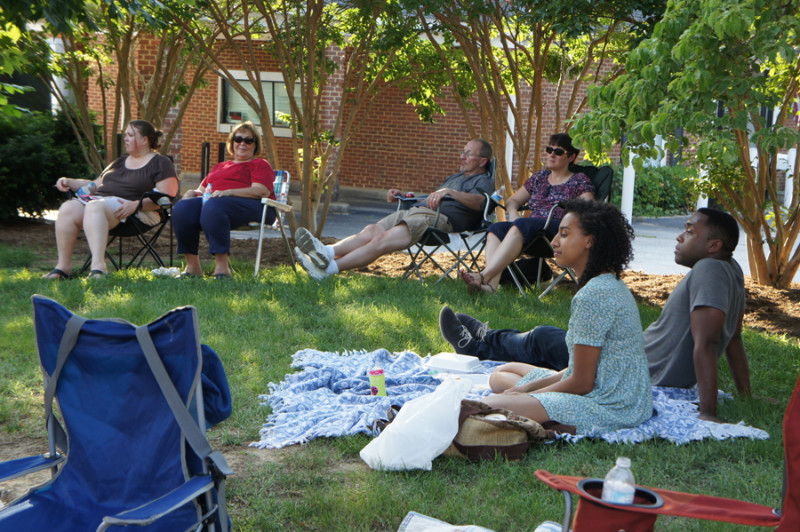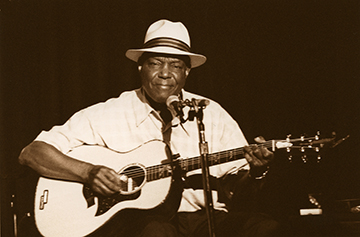
article and photos by Frank Matheis © 2015
As the traditional blues musicians took center stage on a sweltering Saturday afternoon, temperatures reached 102 degrees Fahrenheit in the shade (39 C) in the Historic Town of Bowling Green, Virginia, with kettle-steam southern humidity. To celebrate hometown hero John Cephas, this little town put on an extraordinary acoustic blues concert to pay tribute to the Piedmont blues troubadour.
Fortunately, neither the musicians nor the audience let the heat detract them from having a fun time and enjoying some wonderful acoustic blues. A spirit of harmony pervaded among audience, musicians and local community, in evident fraternity with the spirit of John Cephas, who is by now a legend in the region where he is celebrated as the prodigious son. The tranquil small town had closed off Main Street and decked out the streets in full glory for the great Piedmont bluesman. It was a fitting tribute to a deserved honoree.
John Cephas, the celebrity descendant of Bowling Green, had reached international fame as a recording artist and performer, traveling all continents of the world. His long resumé even includes playing in the White House with his partner Phil Wiggins, standing alongside B.B. King. He won major arts awards and the hearts of roots & blues fans worldwide. Like many blues musicans and folk artists, he started out playing locally at house parties; but, like very few, he ended up playing to the world. Phil Wiggins, his musical partner of 33 years, said on stage during the festival, “John Cephas was proud of his hometown of Bowling Green and wherever he went, he represented you well as ambassador to the music and the place he loved.”
In a fitting salute to his duo partner and friend, Phil Wiggins, the star and anchor of the concert, brought along a set of today’s most vital Piedmont Blues musicians, all with direct connections to John Cephas, as students or friends: Warner Williams & Jay Summerour with Robert Flowers; Eleanor Ellis; Rick Franklin; The MSG Acoustic Blues Trio; Piedmont Bluz; Marc Pessar, and Willie Sisson.
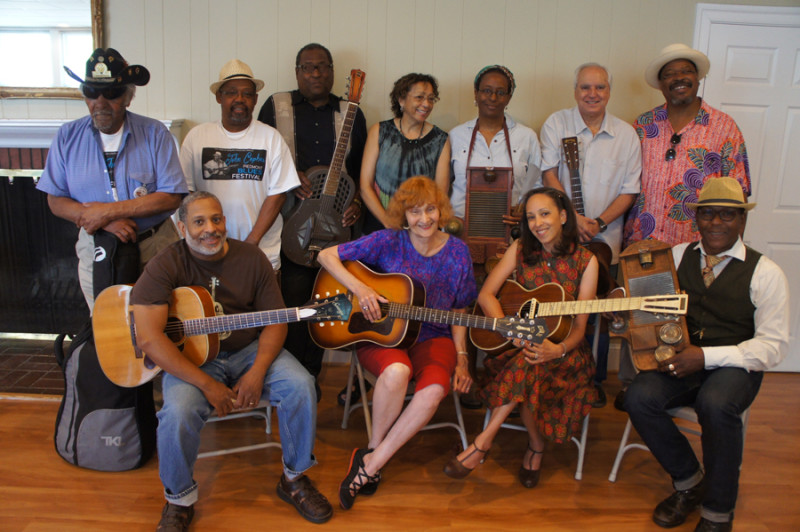
Rear: (L to R) Warner Williams, Jay Summerour, Rick Franklin, Jackie Merrit, Resa Gibss, Marc Pessar, Phil Wiggins.
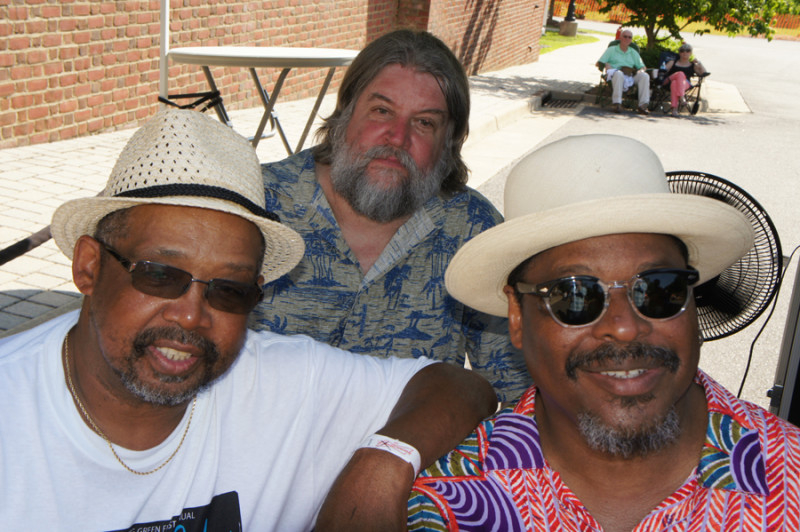
Even the Master of Ceremonies is a VIP. Jeff Place, the renowned musicologist at Smithsonian Folkways with long connections to the blues in the region, came fresh off the release of his newest project which is sure to be a Grammy nominee: Lead Belly: The Smithsonian Folkways Collection, the first career-spanning box set with 5 CDs and 140-page, large-format book.
John Cephas used to refer to Bowling Green as his hometown, although he was born and raised in Washington, D.C., because this was his ancestral town where he spent his summers. He always held a fond and special spot in his heart for his hometown and the musical traditions of the region. In his early recordings, he was even referred to as “Bowing Green John Cephas”, but that was more an effort by the record company to peg a blues name for him, as if he needed one. Later, once calling his own shots, he would drop that name as he and his partner, harmonica virtuoso Phil Wiggins, came to be internationally renowned as Cephas & Wiggins, the greatest guitar and harmonica duo since Sonny Terry and Brownie McGhee.
The golden voiced John Cephas was the quintessential east coast blues musician, part songster, part bluesman with a repertoire that spanned a wide range of genres, from popular to folk songs, from country western to deep roots blues, all played in the syncopated, intricate fingerpicking tradition nowadays called Piedmont Blues. This style of blues was best described by Dr. Julia Olin, Director of the National Council for the Traditional Arts, as “the melodic, delicate, lyrical blues of this region. It’s not as percussive as other forms of blues. It’s not out of the cotton fields. There are no field holler moans. It even sounds fun.” The rich folk tradition in the Piedmont country blues owes much to ragtime, traditional Appalachian Mountain music, African American string music, spirituals and gospel, rural African American dance music, and the early white country music of the 1930s. This blues style features intricate fingerpicking with alternating bass and a simultaneous syncopated melody picked on the treble strings. Piedmont blues has a certain sweetness in the guitar style, but the thematic of these blues can be about the sacred, or the profane, about hardship, struggle, murder, pain, suffering, drinking, trouble with the opposite sex, and more. It’s the kind of blues where if you don’t understand the English, the singing and melody sounds so lovely and sweet, but if you hear and understand the words you can feel the bite.
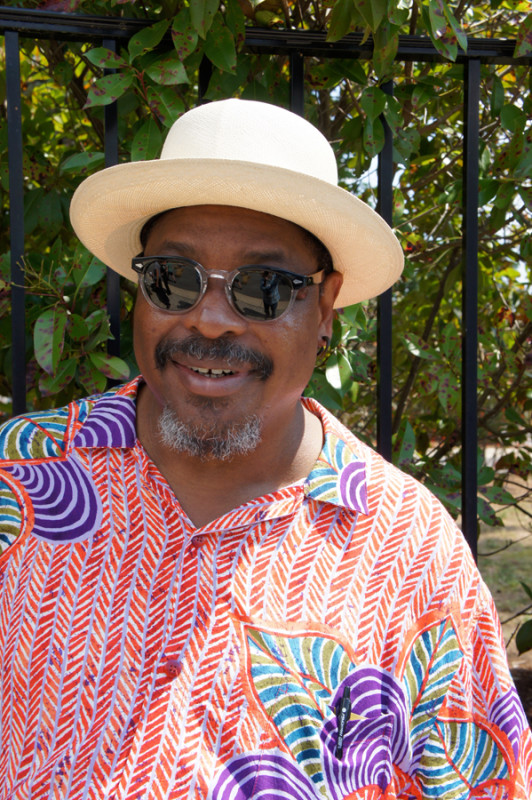
The elder statesman and main talent organizer of the concert was harmonica virtuoso Phil Wiggins, the longtime musical duo partner of John Cephas, himself international renowned, acclaimed and famed. He deftly sat in with the various ensembles throughout the concert, each time lifting the set with his unmatched harmonica chops. No matter who is playing what, Phil can play it and when he does the roof flies off the house. When he wants to he can rip pile-driver solos, or add sweet backing to the guitarists, other times he bends mournful wails that can peel the varnish off the guitars – and he did all that in this festival. He sat in with virtually all performers throughout the festival, concluding the night in a duo with John Cephas’ student Willie Sisson, and his frequent partners Eleanor Ellis and Rick Franklin. In his own set he sang and performed solo several of his excellent originals, which are an important part of his current repertoire as frontman.
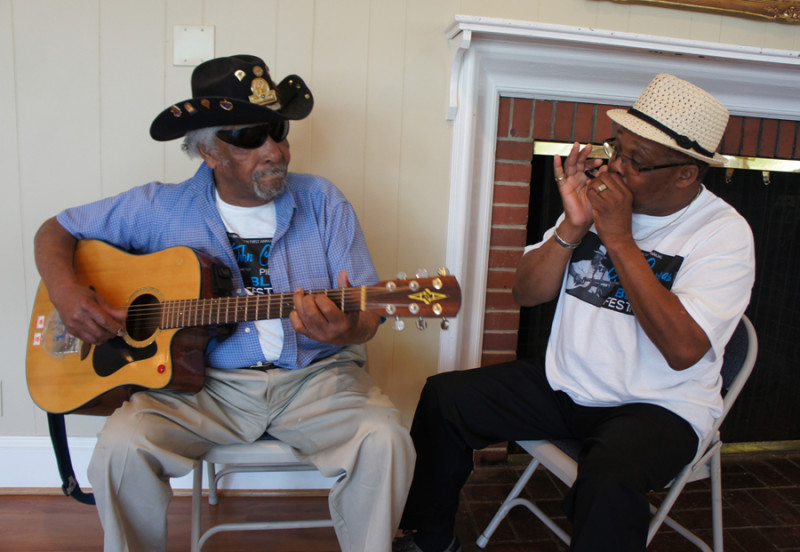
Songster Warner Williams and his harmonica duo partner, Jay Summerour, accompanied by Robert Flowers on drums, dazzled the audience with their deep-roots blues. Williams and Summerour have perfected their performance over decades, with Summerour adding tasteful harmonica backing to the William’s vast repertoire. Summerour’s approach is to come in behind the old master, adding colorful touches without overpowering the guitarist. The elder Williams is a consummate musician at heart, whose love of playing is seemingly boundless. He just won’t quit, having started playing in the hotel lobby before the other musicians even got out of bed, again before his set in the hallways in Bowling Green, and again late in the evening in the hotel lobby after a full day of playing. He is getting hard of hearing in his old age, and he doesn’t talk much, preferring to let his fretwork do the taking, and when he does, everything comes to a standstill. The other hotel guests, some whom may never have been exposed to the acoustic blues, were impressed and amazed at the free performances. Suddenly they were fortuitously in the presence of one of the greatest living practitioners of the old blues – and loving it.
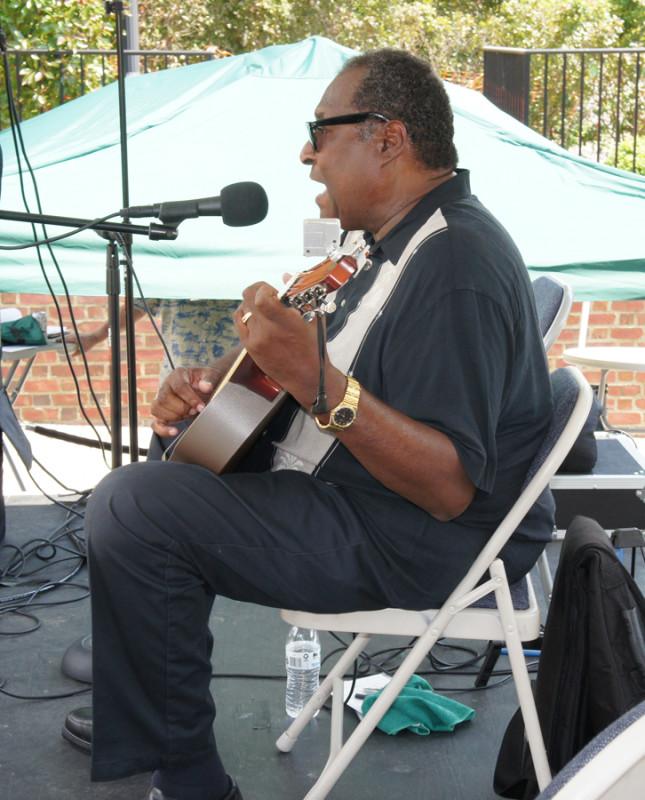
Guitarist and singer Rick Franklin, another Piedmont great who came out of Archie Edward’s famous barbershop scene, and a frequently collaborator with harmonica ace Phil Wiggins, took the stage after Williams and Summerour. A giant of a man with a kind disposition, his musical stature has risen to even greater heights. The picker delivered a captivating set that demonstrated his technical prowess, and his true love of the music. He connected with the audience beautifully, enchanting the crowd with his warm voice and gentle guitar style. Rick Franklin is one of the best acoustic bluesmen anywhere, a man who has paid his dues and now shines among the best and brightest on the scene.
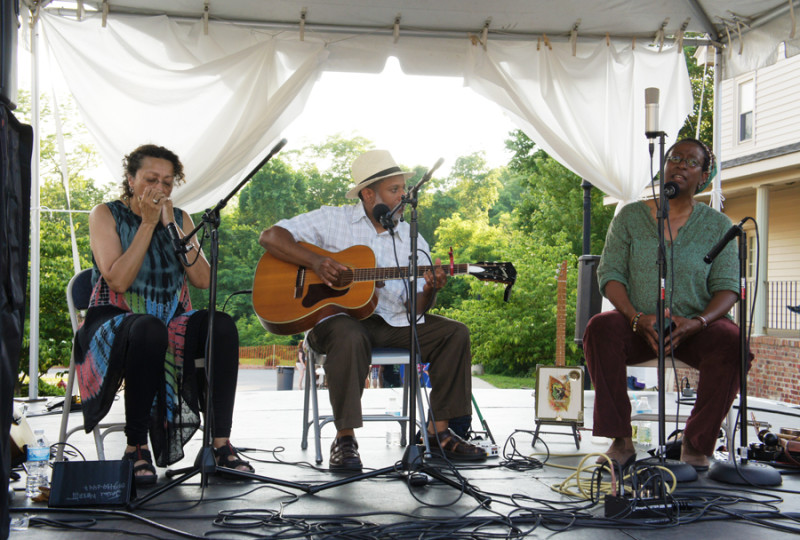
The MSG Acoustic Blues Trio – Jackie Merritt, Miles Spicer and Resa Gibbs, performed this gig right before their debut at the Chicago Blues Festival, where they will surely make a profound impression. They came out swinging and stomping on their set for John Cephas, with fire and brimstone fury. The super-talented trio has the chops, and this time they revved up their set opening with a rhythmic tour de force. They have played together for many years, and right now, including on stage at this festival, they are peaking, combining a range of instruments and old standards with original compositions. The lead singer Resa Gibbs is not just one of the best singers in the Piedmont region, but in the blues today, period. Part church gospel, spiritual, blues and soul, she has the voice that enthralls so powerfully it would take a heart of stone not to be moved. On this set again, Gibbs sang like an angel, uplifting the audience and fellow musicians alike. Jackie Meritt, witty songwriter, singer and multi-instrumentalist and guitarist Miles Spicer each carried the show. Guitarist Miles Spicer was fired up on this day, sounding great and adding real punch to the set, including with strong singing.
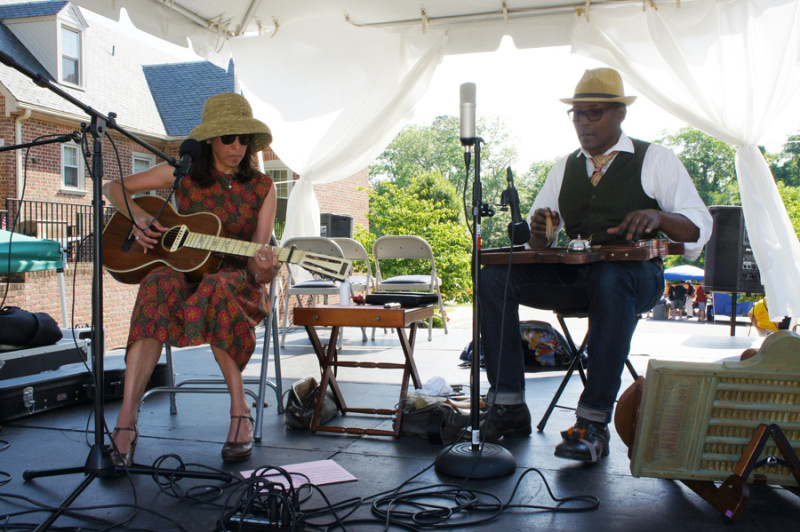
Piedmont Bluz, the husband and wife duo of guitarist/singer Valerie Turner and Benedict Turner, is the only acoustic duo that combines washboard percussion with Piedmont blues guitar. Valerie was a guitar student of John Cephas, and Lynn Volpe, John’s partner, once told this writer that John considered Valerie to be his true heir, the one that he expected to carry on his style. She does not wait for tributes to John to pay respect to her master teacher, something which she does so in every show, carrying on his legacy and understanding that the trust and confidence that John Cephas bestowed on her is a hard honor to live up to. She managed to do just that at this festival, with superb, eloquent guitar picking, a repertoire deeply reflective of John Cephas and a wonderful way to communicate with the audience, to explain the music the songs and the meaning of the music. John Cephas would be proud to see how this duo carries on his legacy, with truehearted love. Benedict Turner added gentle percussion that fits just right. Wherever they go they make new fans and spread the Piedmont blues.
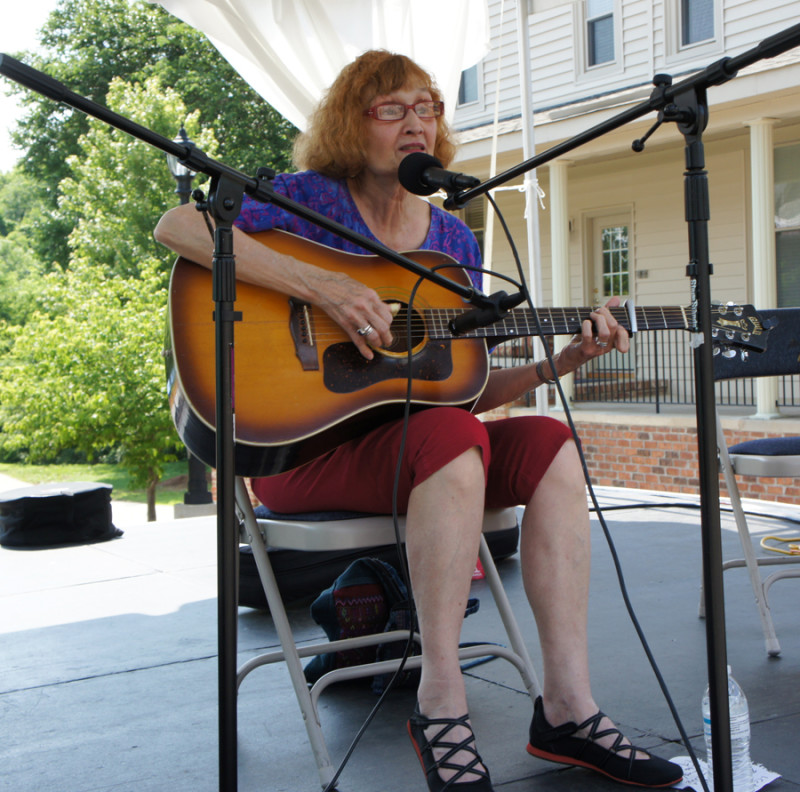
Eleanor Ellis, the grand femme of the Piedmont blues, the redheaded Washington, DC, blues woman originally from Louisiana, was an accepted member of the inner circle at Archie’s barbershop in Washington, DC and a frequent partner with the late singer Flora Molton. Today, she ranks among the finest living acoustic blues women in the US, and probably the world. To hear Eleanor Ellis is a sheer musical delight and this show was no exception. She is a frequent partner with Phil Wiggins, often in combination with Rick Franklin, and she tours internationally. She has been a source of inspiration, including to the other women with whom she shared the stage during this festival, but also as a mentor to new generations of younger blues players like Erin Harpe. Eleanor Ellis took the stage and established herself within seconds as a performer who feels the Piedmont blues deep down to her soul, and who enthralls an audience the instant she starts playing, always with perfection and passion.
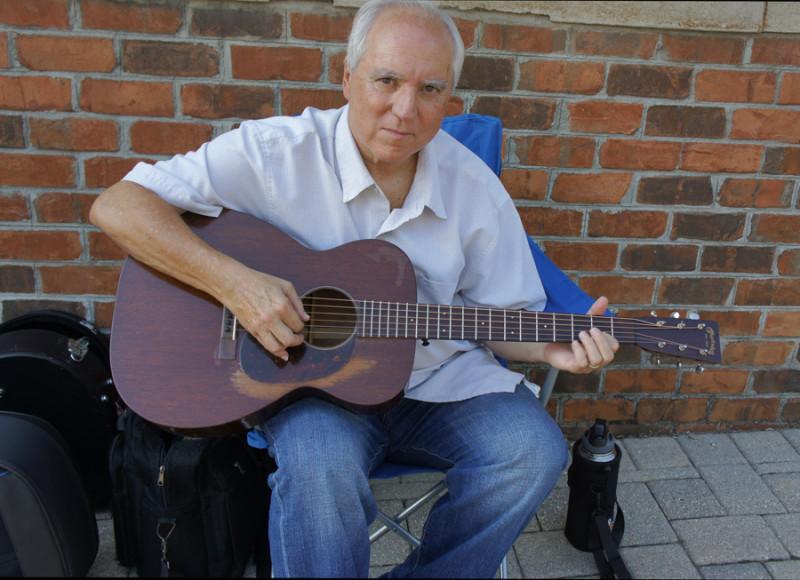
Marc Pessar, a fine guitarist and proponent of the Piedmont style, was another student of John Cephas. He has mostly carried on as an accomplished amateur, and he proved that whenever he wants he can step onto the main stage and do justice to the music and to his teacher. He performed an impressive set and was well received by the appreciative audience. Marc Pessar can play, and now that he is retired from his day job, we may hopefully see more of him.
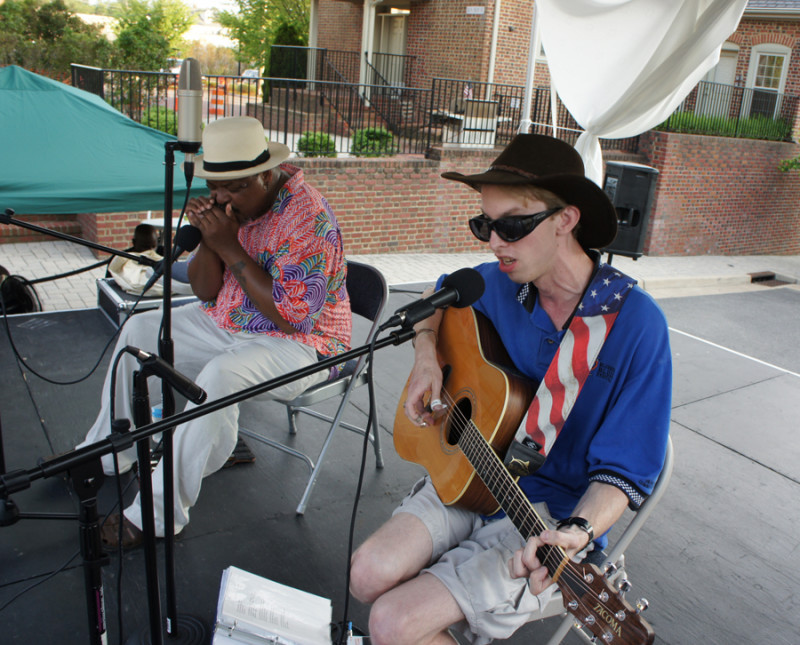
Willie Sisson, who Phil Wiggins called “The most dedicated student of John Cephas” seemingly had the most fun playing. The young man beamed ear to ear during his entire set, and kicked out a raucous version of Stagollee. He proudly showed off the guitar chops he learned from John Cephas and the people loved it. It was great to hear Willie, a performer who we will hopefully see more of.
What people perhaps didn’t recognize was that this concert for John Cephas, while relatively small, was still one of the biggest acoustic blues events in the nation. Most blues festivals feature mostly electric blues, and a smattering of acoustic blues players on the roster. It is refreshing that the Piedmont Blues is alive and well, with main billing. Can’t wait to do it again next year.
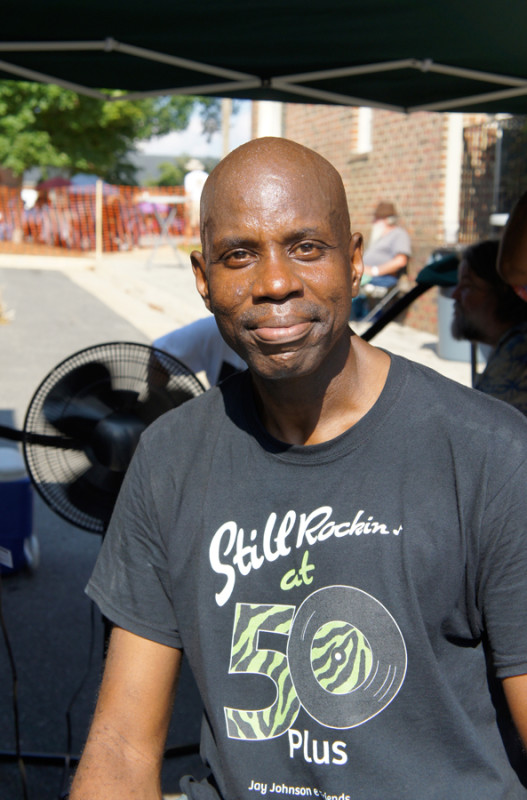
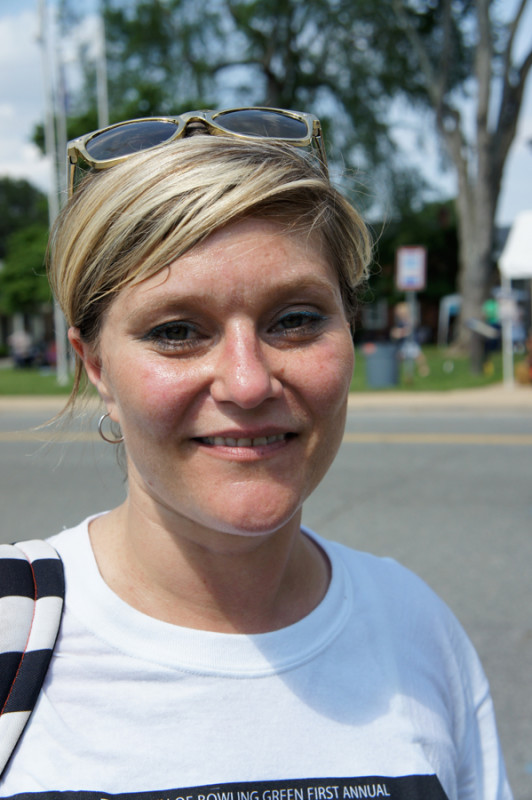
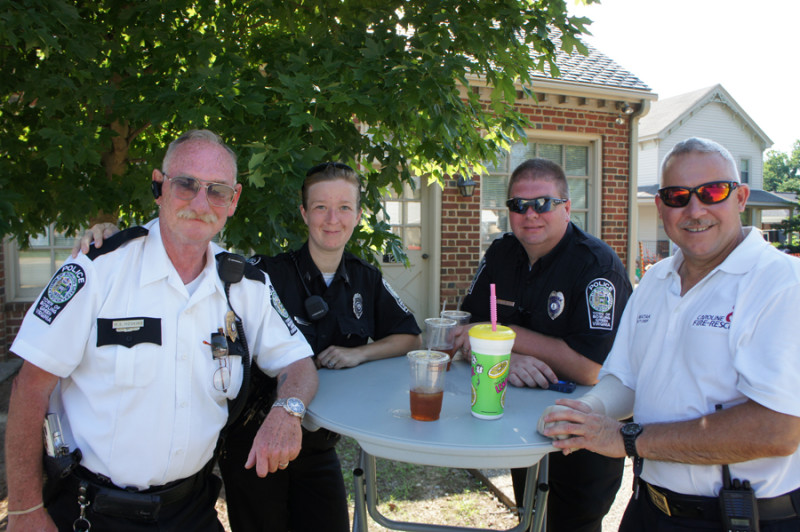
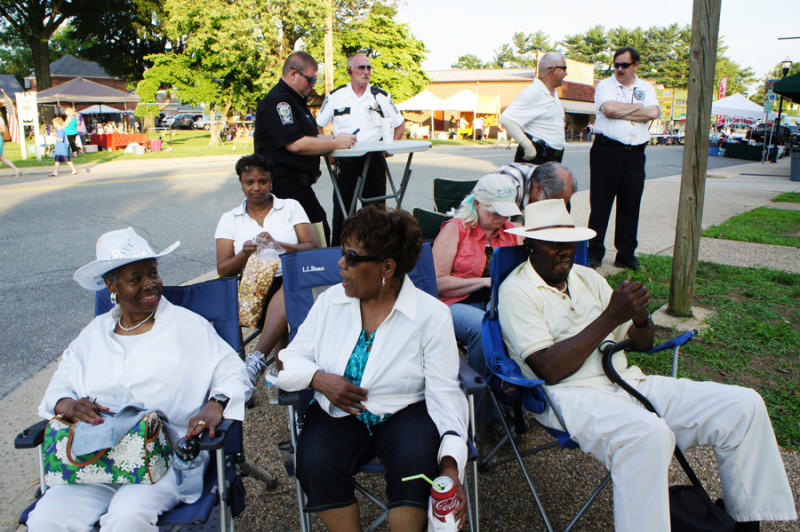
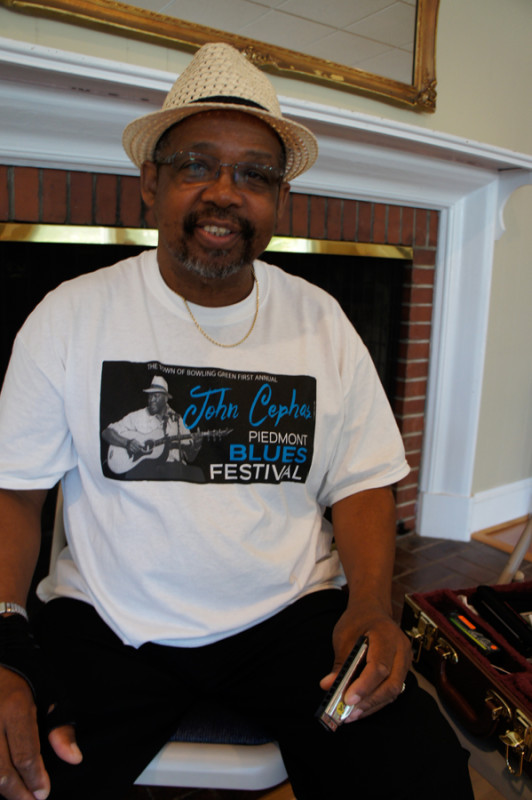
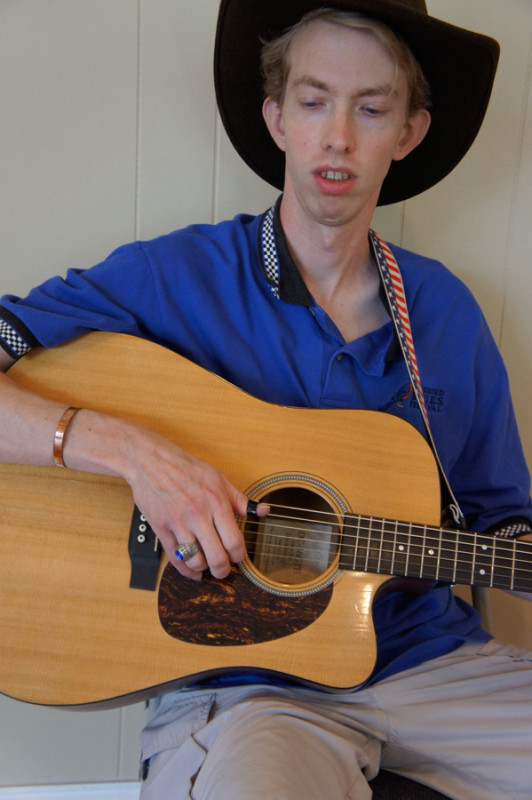
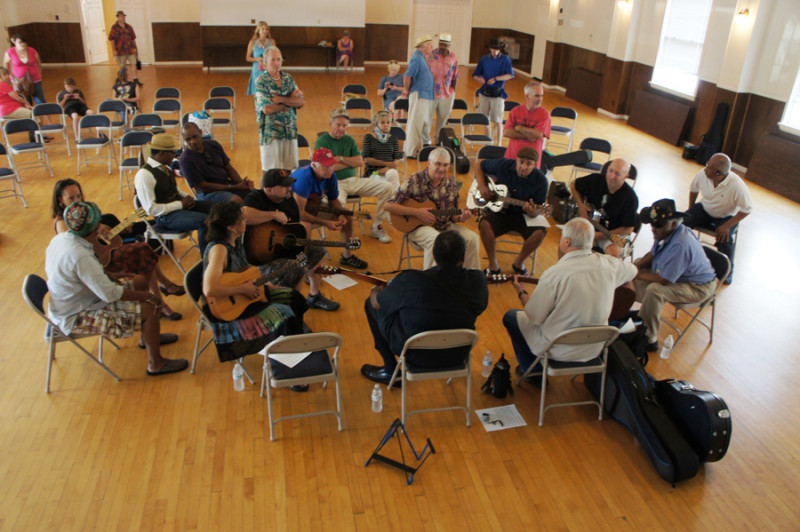
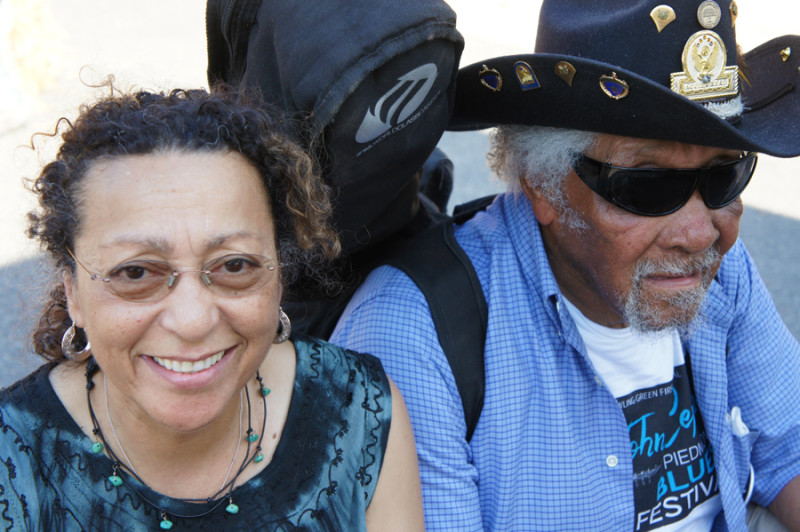
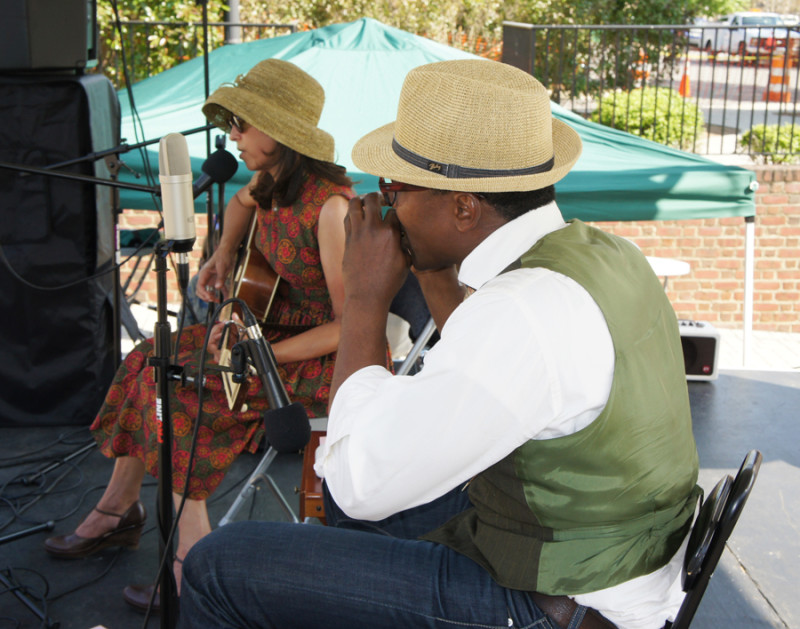
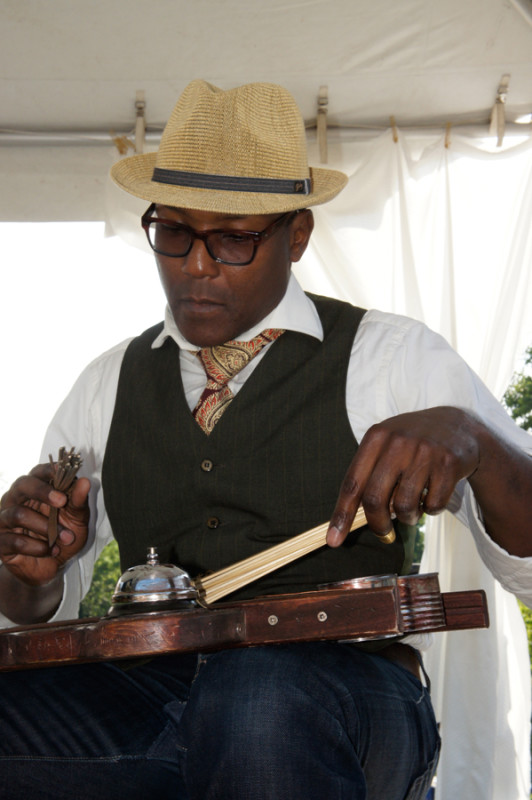
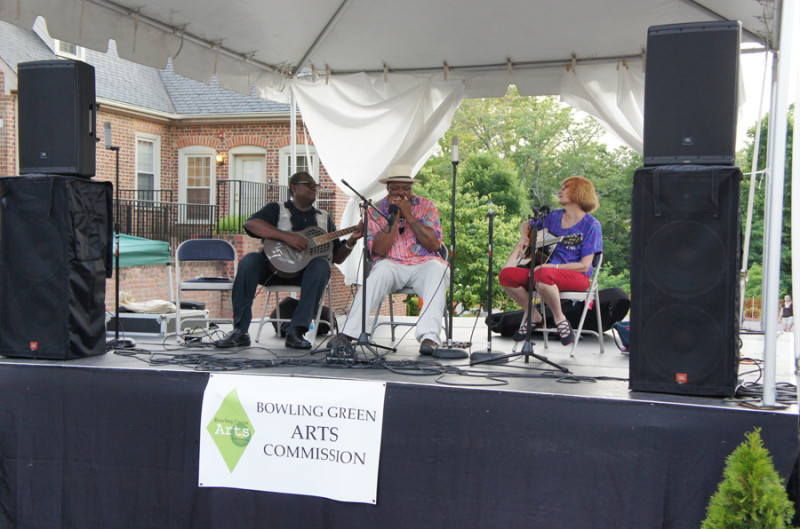
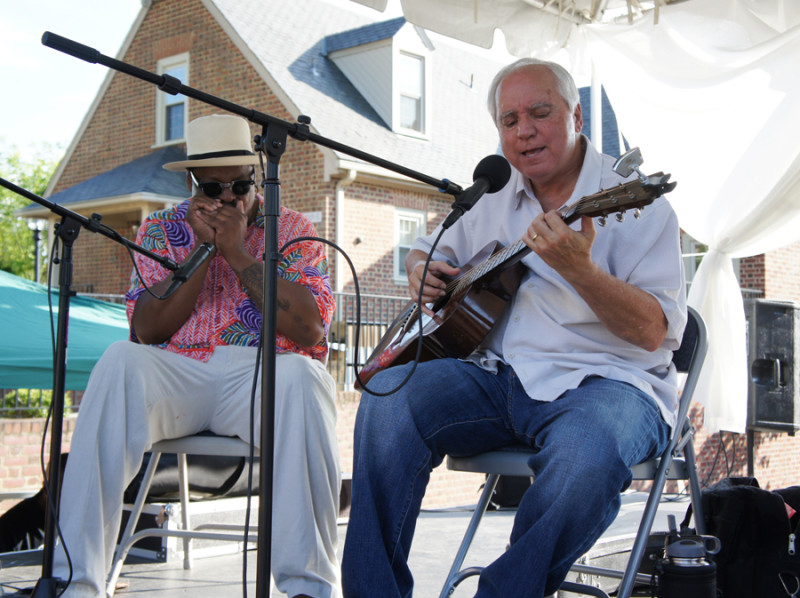
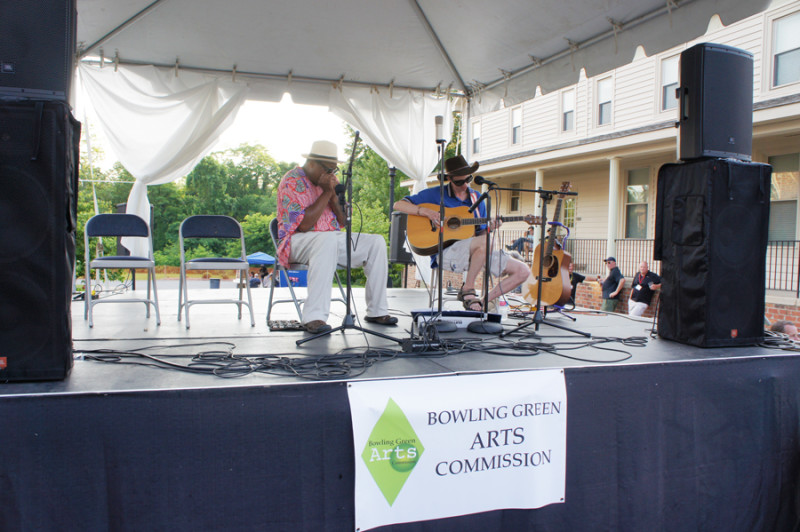
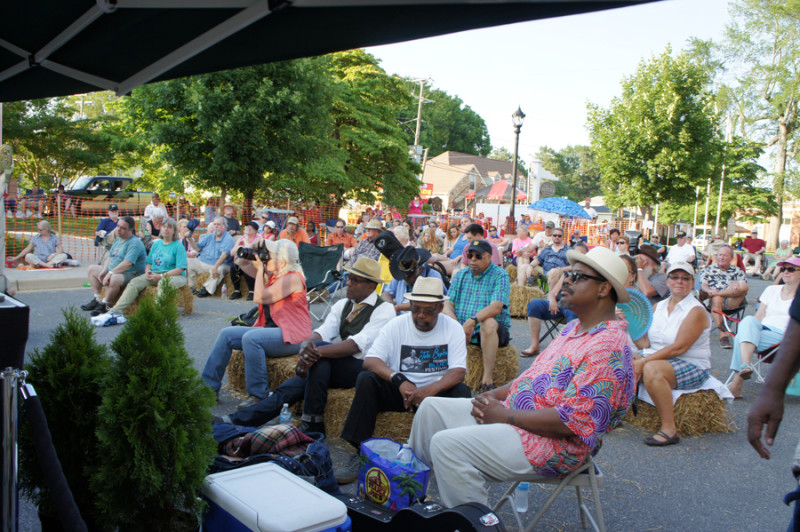
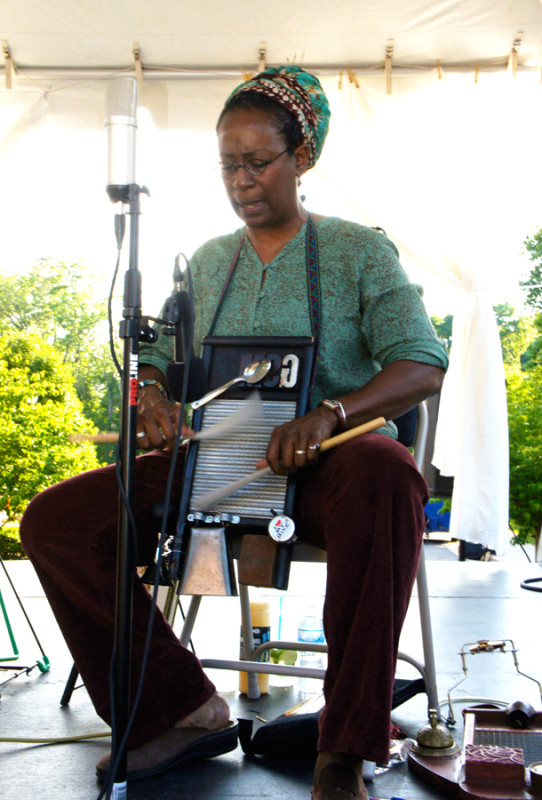
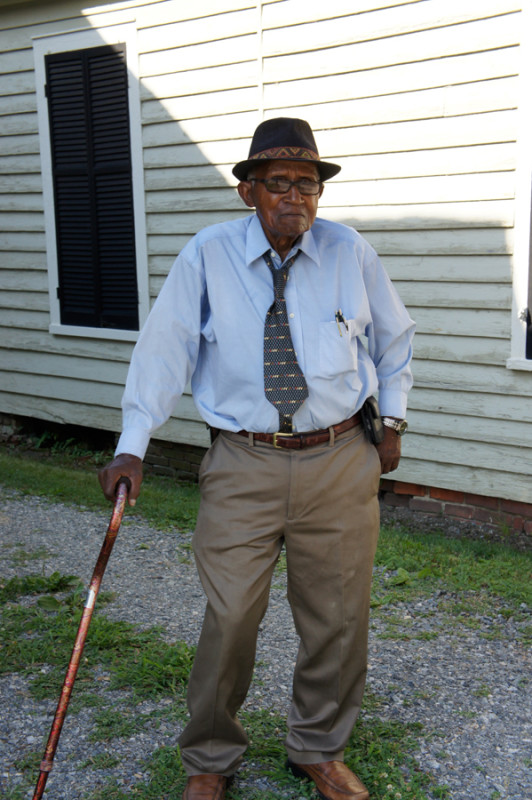
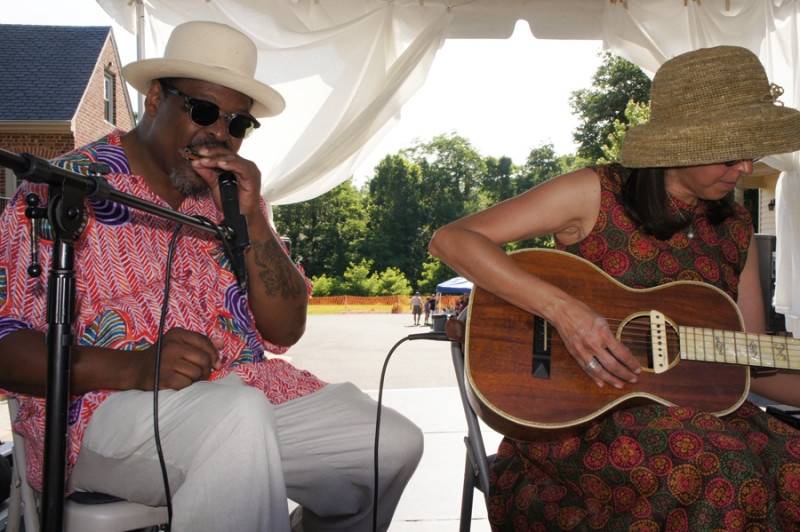
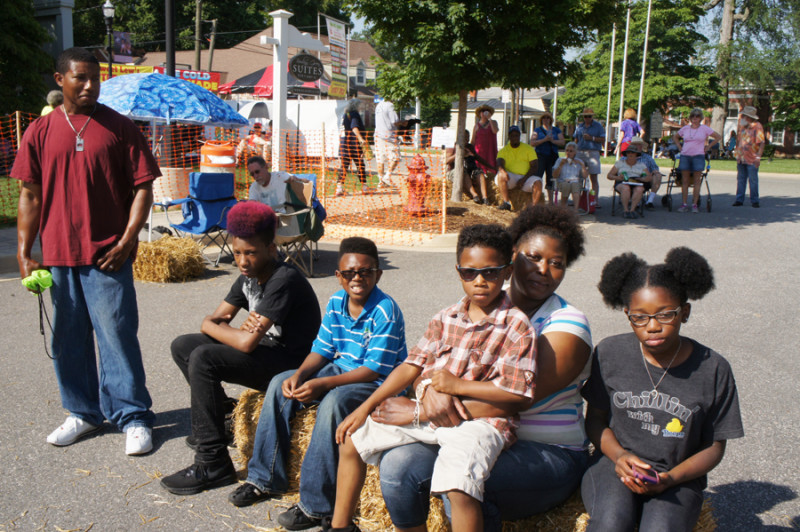
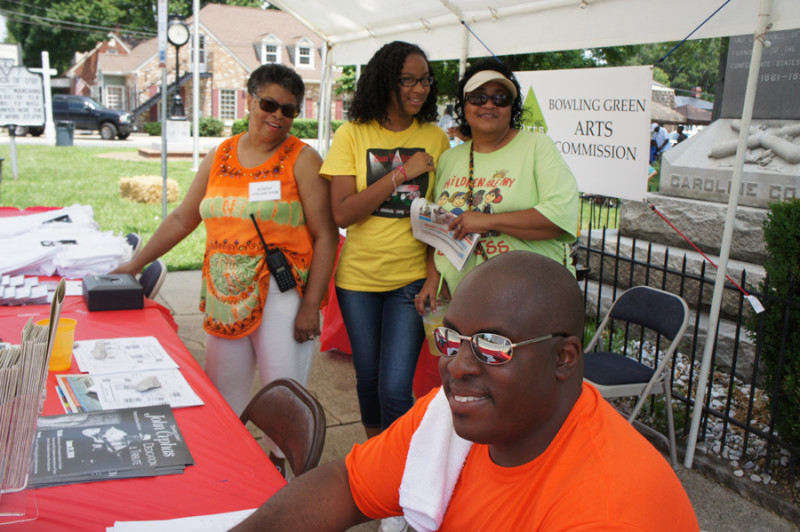
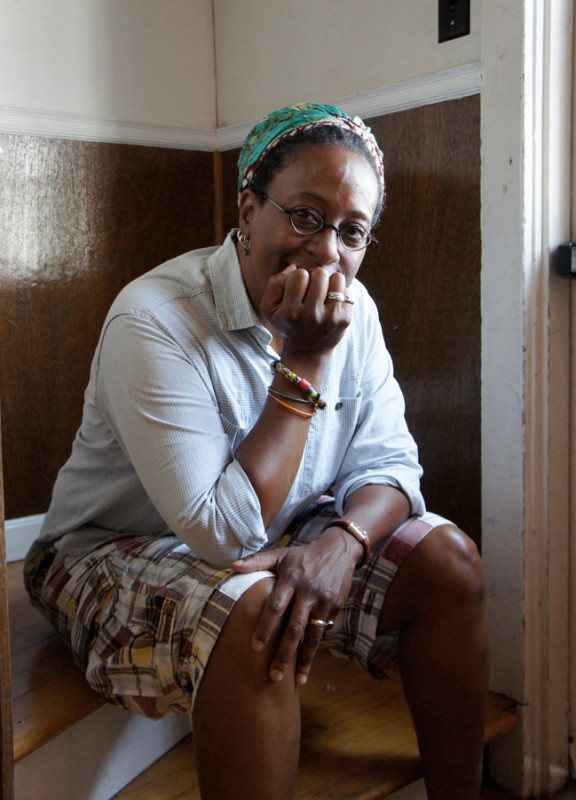
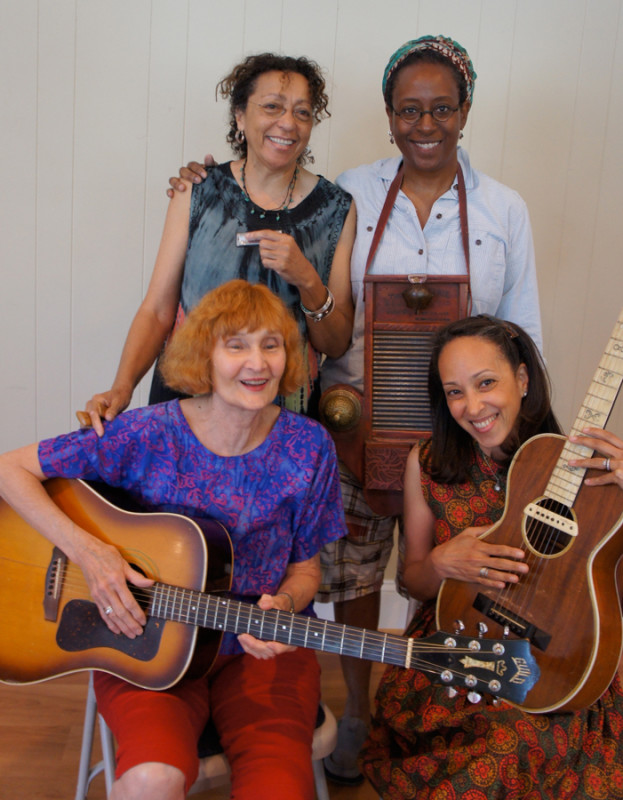
Jackie Merritt and Resa Gibbs.
Front: Eleanor Ellis and Valerie Turner
